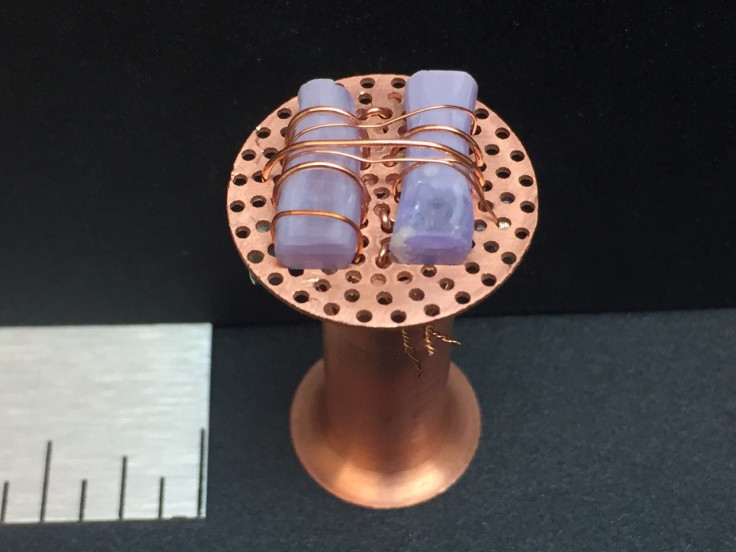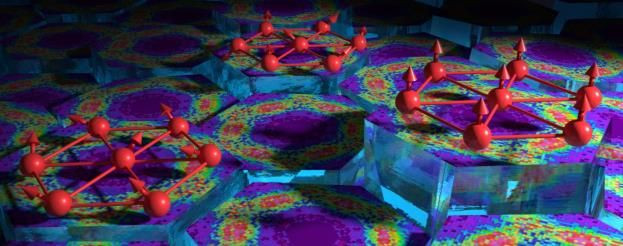Quantum Spin Liquid — An Exotic State Of Matter — Observed In Synthetic Ytterbium Crystal

Quantum entanglement. It is the weird phenomenon that gives quantum computers their fabled power over their conventional counterparts. When two subatomic particles are in a state of entanglement, they can be separated by billions of light-years, and yet be instantly affected by changes to the quantum state of the other.
Although we still do not exactly understand the physical laws governing quantum entanglement, we are not above exploiting it in our quest to create viable quantum computers — machines that, in theory, are orders of magnitude faster than conventional computers that have to rely on sluggish bits.
Imagine, then, for a moment, a state of matter where not just two, but billions of particles are preserved in a state of entanglement. Obviously, the benefits this exotic state of matter would have on quantum computing research are immense.
This is what a quantum spin liquid — a state of matter first proposed in the 1970s, but discovered only over the past few years — is. Now, this exotic matter has been observed again, this time in a rare new crystal especially created with the hopes of exploiting its novel quantum properties.
This crystal — an ytterbium compound with the formula YbMgGaO4 — was synthesized for the first time last year by scientists in China. And now, in a study published Monday in the journal Nature, a team of U.S. researchers posit that the material is capable of producing a quantum spin liquid when cooled to temperatures near absolute zero (-459.67 degrees Fahrenheit).
The experimental data detailed in the new study would now need to be corroborated using further tests — a process that may take several years.
“At first glance, this material is screaming, ‘I’m a quantum spin liquid,’” study co-author Martin Mourigal from the Georgia Institute of Technology said in a statement.
Despite its name, quantum spin liquid is not a liquid. The “liquid” in its name refers to the state of the quantum spins of its constituent electrons — one of the most intrinsic properties subatomic particles possess. Also, the name does not in any way imply that the electron is actually spinning. Instead, it refers to a type of intrinsic angular momentum that can be “up,” “down” or in a state of superposition, wherein a subatomic particle possesses both spins simultaneously.

“In a spin ‘liquid,’ the directions of the spins are not tidily aligned, but frenzied, although the spins are interconnected, whereas in a spin ‘solid’ the spin directions have a neat organization,” Mourigal explained in the statement.
In April, scientists discovered evidence for this new state of matter in alpha ruthenium chloride — a 2-dimensional material with a honeycomb structure. And then in July, quantum spin liquid was discovered in a monocrystal of calcium chromium oxide.
“It’s important to create the encyclopedia of them,” Mourigal said. “This new crystal may be only our second or third entry.”
© Copyright IBTimes 2025. All rights reserved.






















